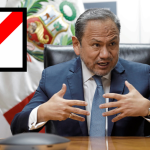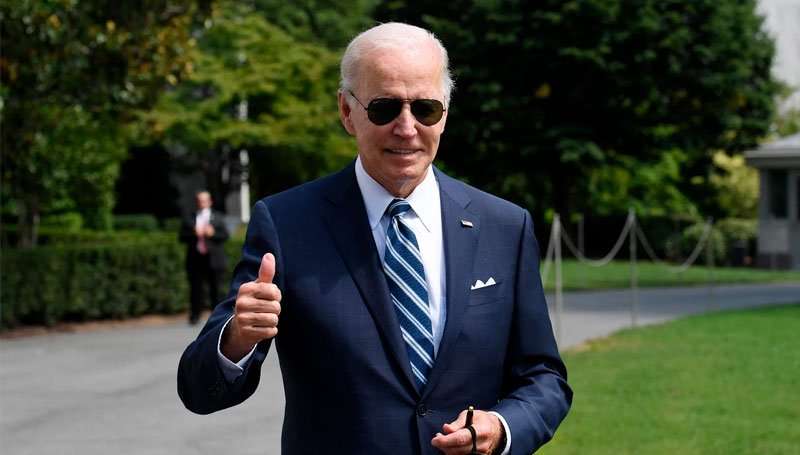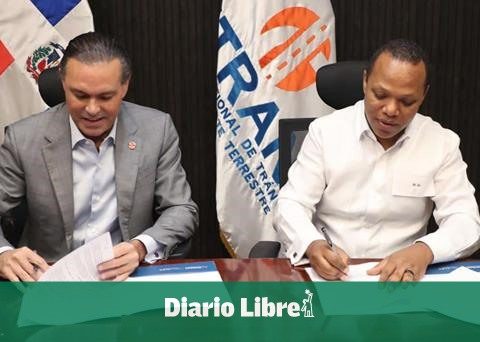After the escalation that the dollar saw on Thursday after the statements of President Gustavo Petro on putting taxes on swallowed capital, the currency fell on Friday, but remained above $4,600.
(The products that have become more expensive in the family basket).
According to the Colombian Stock Exchange, the dollar closed this Friday at an average price of $4,606, that is, it fell 21 pesos compared to the TRM with which it opened, which was $4,627.
The opening price of the market was $4,627.50, the same volume as the TRM scheduled for the day. Over the course of the day, the currency traded at a low of $4,577.11 and a high of $4,637.00, dropping $18 to $4,620.00, which was the last price to mark the day.
At the end of the day on Friday, a total traded volume of 1,090 million dollars was recorded.
The positive response of the market was also given after the calm part sent by the Minister of FinanceJosé Antonio Ocampo, this Thursday, when he assured that no measures will be taken against foreign capital.
(The world currencies that have been most affected by the rise of the dollar).
“I want to point out very emphatically, on behalf of the President of the Republic, that the Government is not going to propose exchange controls, nor is it going to propose taxes on capital expenditures. In other words, there is no fear for investors, and even more so, we welcome the fact that foreign capital is entering the country through portfolio investments to invest in TES”, the minister clarified in this regard.
It is worth mentioning that the rise that the currency has been reflecting has been going on for several weeks in the markets of emerging economies and it is also due to the uncertainty due to the possibility of a global recession and the outflow of capital to the US.
Diego Gómez, international markets analyst at Corficolombiana, also explained that “the depreciation in most currencies in the world has been driven by the global strength of the dollar in a context of aggressive monetary normalization and uncertainty due to possible ‘hard landings’ of developed economies”.
Likewise, Theodore Kahn, an analyst at Control Risks, said for his part that “the movements of the dollar have much more to do with economic conditions globally and in Colombia than with the tweets or statements of the president or other officials.”
(Agrarian reform begins in Colombia with land titling).
Kahn mentioned that the strength of the dollar at this juncture is a global phenomenon, “reflecting factors such as the negative outlook for global growth and the aggressive rises in interest rates by the Fed in recent months.” Both factors make it more attractive for investors to hold assets in dollars, increasing the demand for dollars against other currencies.
The expert reiterated that Colombia also continues to present relatively high levels of public debt, external balance and fiscal deficit, which generates some uncertainty for investors. “In this sense, the declarations of Petro and Ocampo are not the most important. In addition, we do not have to worry so much about the Petro trill, since a tax on short-term capital flows has been part of the public policy recipe of countries like Chile and even the IMF has supported these measures, ”he assured.
BRIEFCASE


















